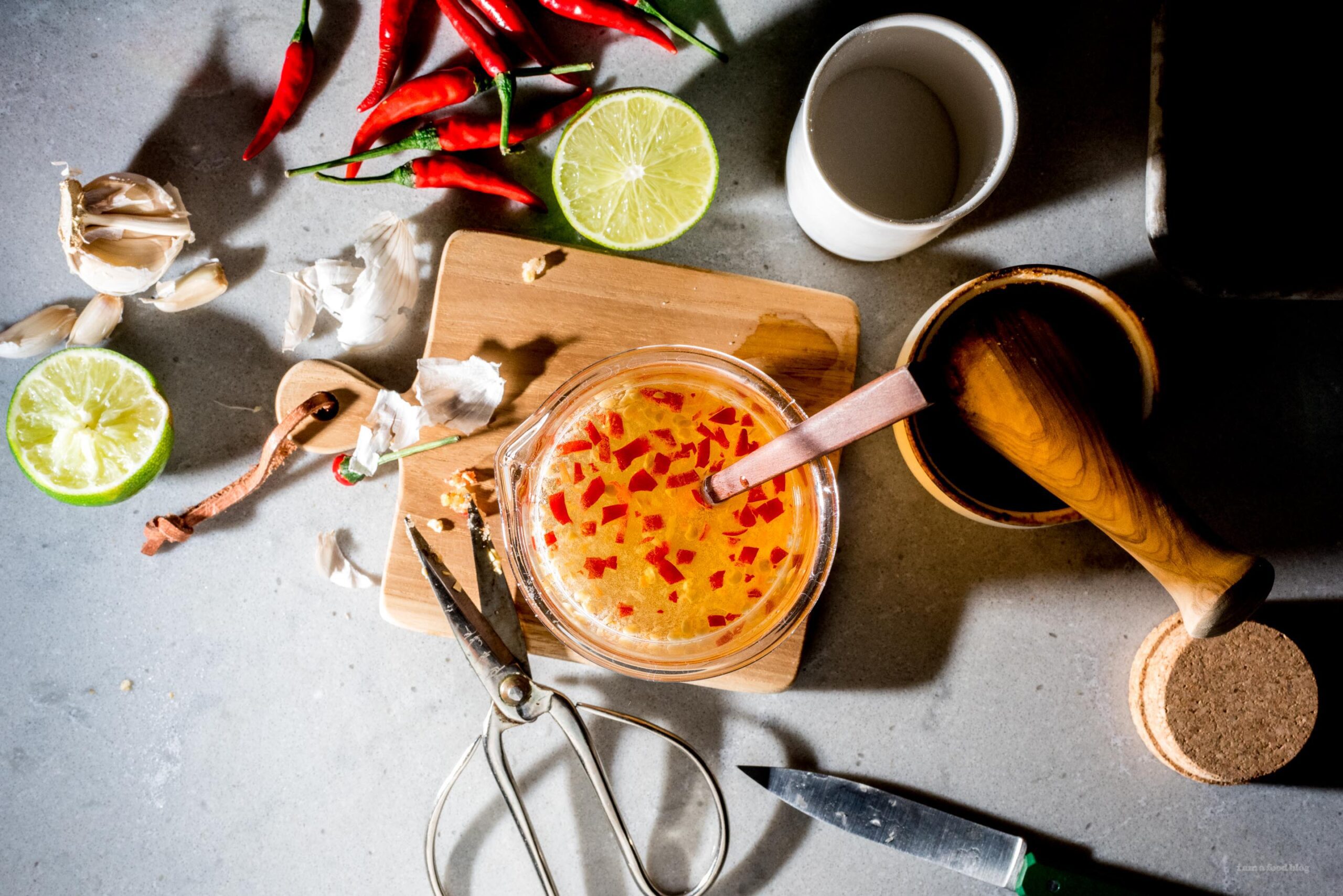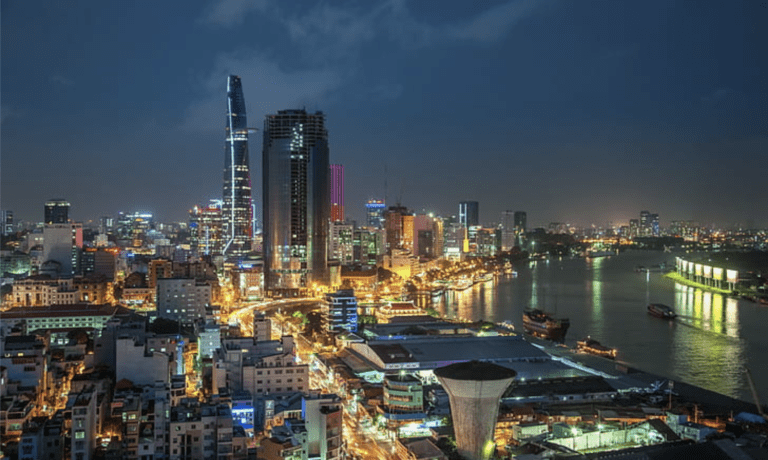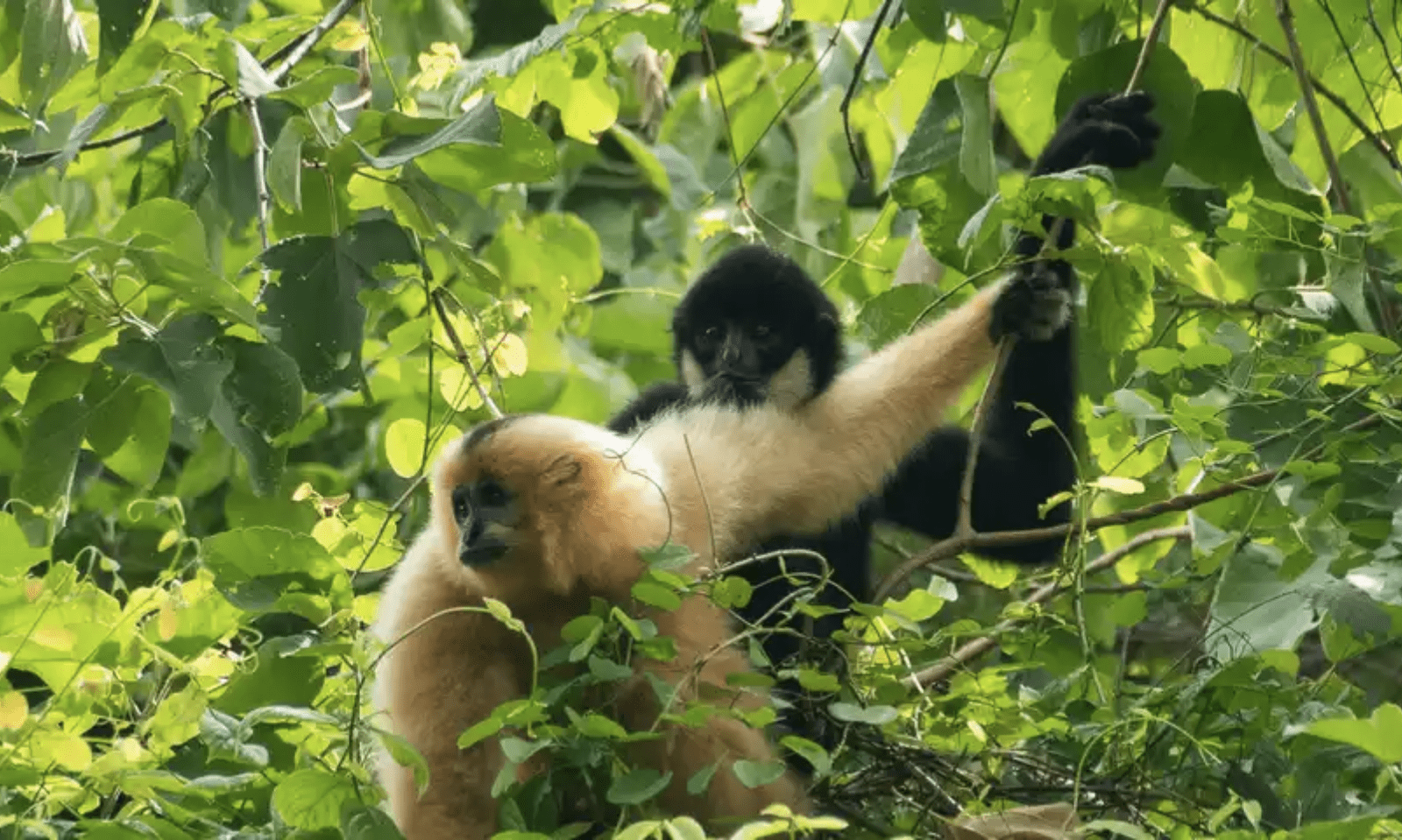Vietnam is a beautiful country to visit, but it’s not just some place people visited during the war. It is an exotic place full of natural wonders and delicious food. Here are 15 things you must know before planning a trip to Vietnam (including a new update)!
1. Vietnamese is the national language
Numerous foreigners consider Vietnamese one of the most difficult languages to learn due to its challenging tones. On the other hand, that special tonal pronunciation makes the language sound like a song with various rhythms.
| Vietnamese is a beautiful language with 6 tones.
It took a long time until modern Vietnamese became the official national language. In the past, due to over 1000 years of colonization, the written language made use of Chinese characters. After that, Vietnam developed its own “Chữ Nôm” and then modern language with the adoption of the Latin alphabet.
Unlike most languages in the world, Vietnamese uses 6 tones to create a word. You need to pay attention because a change in tone can change the total meaning of the word. Let’s take a look at our example:
Level tone: “ma” = ghost;
Hanging tone: “mà” = but;
Sharp tone: “má” = mom;
Asking tone: “mả” = grave;
Tumbling tone: “mã” = horse;
Heavy tone: “mạ” = baby rice plant.
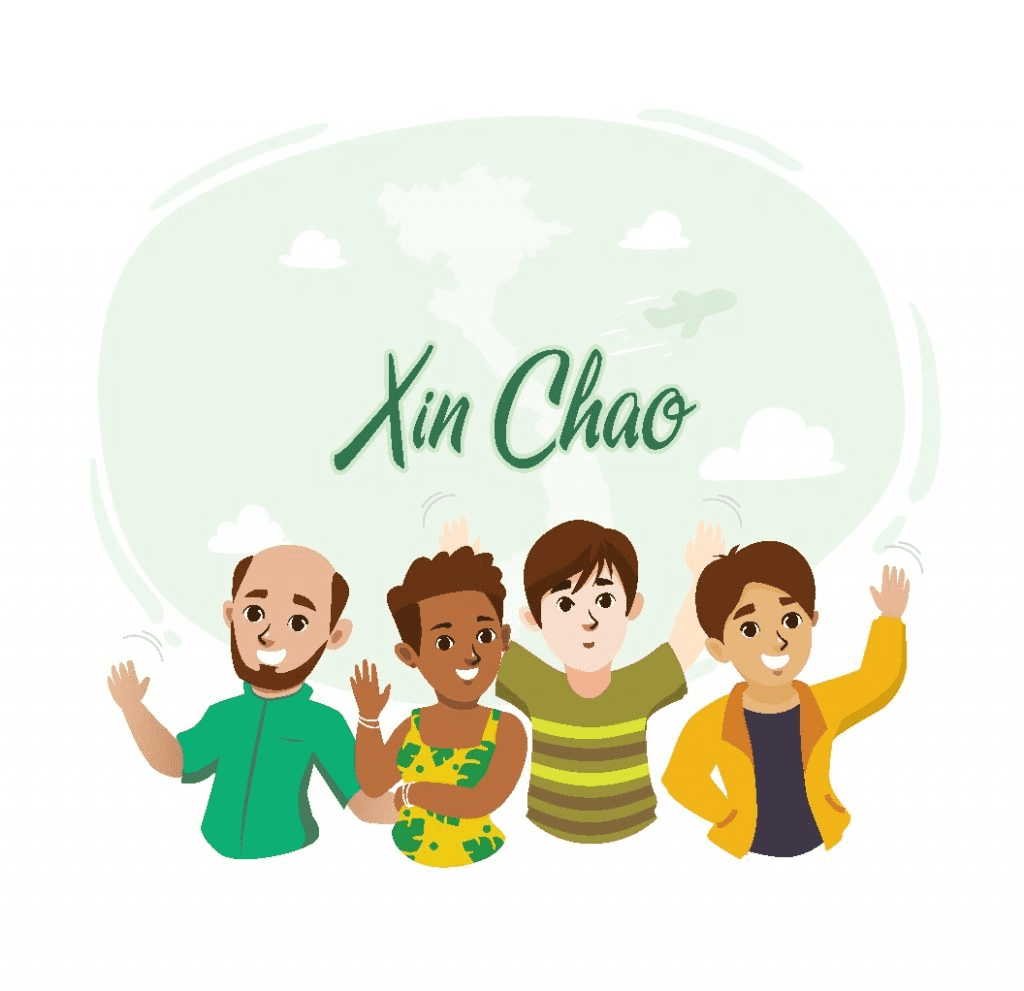
2. Ao dai and conical hat
Without any description but a hint of “the traditional Vietnamese costume”, what’s the first idea coming to your mind? Surely, Ao dai (or “Áo dài”)!
Yep! The well-known Ao dai is one of the most precious heritages. It is for both genders but nowadays it’s mostly worn by women. When visiting Vietnam, you will see local women usually wearing Ao dai on special occasions, for instance, weddings or celebrations. Moreover, some high school uniforms for female pupils are simple white Ao dai.
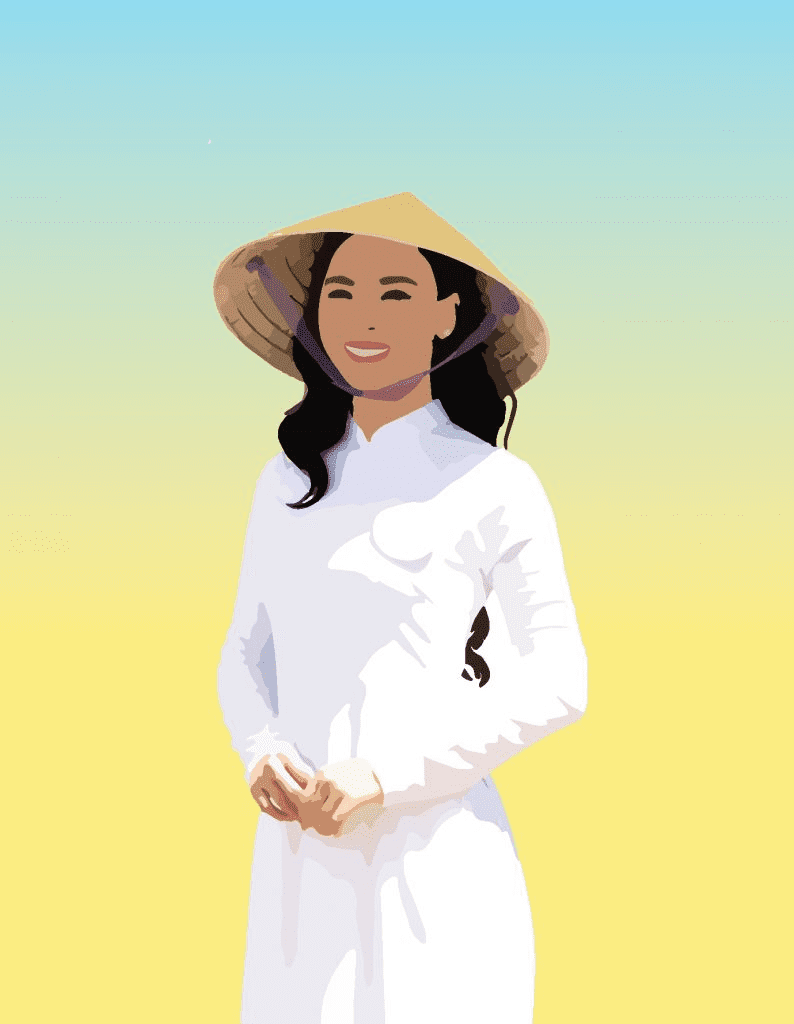
Besides Ao dai, “Nón lá” or conical hat is a cultural icon of Vietnam. The special hat is rustic but it will turn into an elegant item when combined with Ao dai. One thing that foreigners might not know is that “nón lá” was the very first traditional costume in Vietnam. In other words, it appeared before any other costumes.
Although Ao dai and conical hats are a perfect match, they reflect different angles of the Vietnamese lifestyle when mentioned separately. Ao dai is something formal and dress-up for special occasions. Otherwise, the conical hat seems to be more rustic in the fact that Vietnamese people wear it every day from farmers, and workers to vendors.
3. The S-shaped-with-two-dot country – thing about Vietnam you might not know
No other country has Vietnam’s S shape, which is truly distinctive. It covers a 1,650 km stretch of the Indochinese Peninsula from north to south. The S-shaped country has a long coastline, various geography, and breathtakingly beautiful natural landscapes. That is among the most distinctive qualities that call to mind memories of Vietnamese people.
But that’s not enough!
Besides the S-shaped part on land, Vietnam also has two “dots” which are the Paracel Islands and the Spratly Islands. Many Vietnamese heroes sacrificed their lives to bring back peace to the land. Therefore, we strongly and proudly claim that the two islands belong to Vietnam.
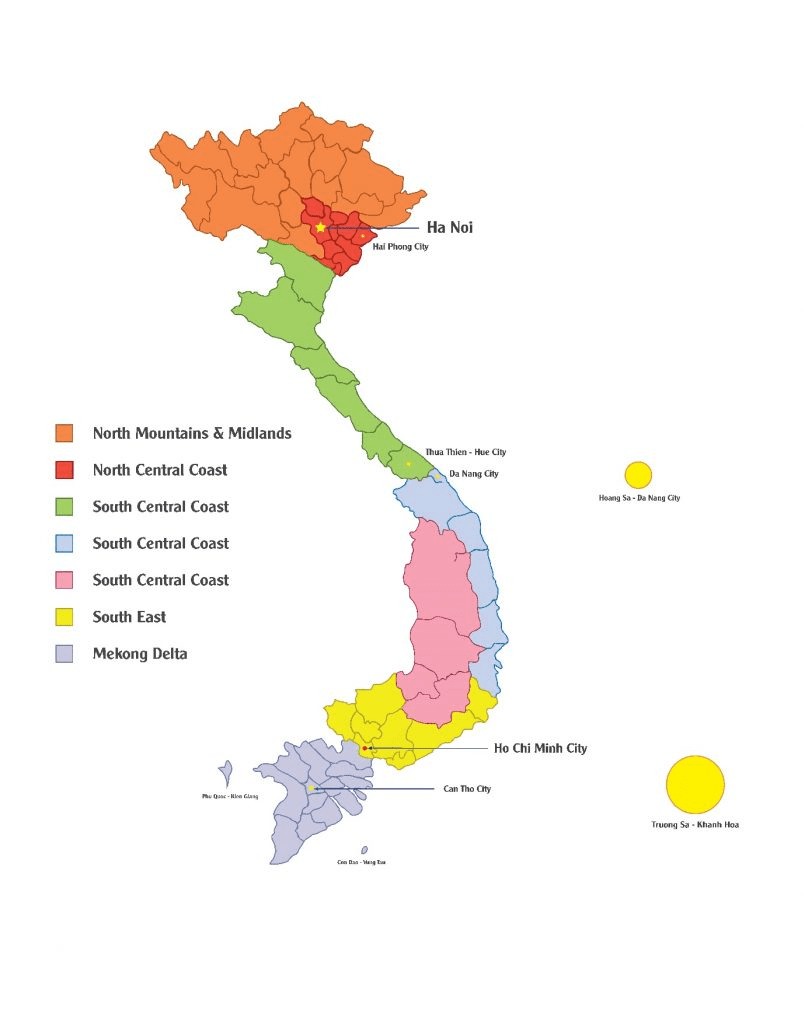
4. Saigon and Ho Chi Minh city
“Is Saigon the same as Ho Chi Minh City?” is a question we frequently hear from foreign tourists. So, this is the answer:
Saigon (in Vietnamese: “Sài Gòn”) was the old name of Ho Chi Minh city. Vietnamese government changed the name in 1976 to celebrate the reunification of two parts: North and South and the title was named after Uncle Ho.
Nowadays, Vietnamese locals still use the name Saigon, especially in daily speech. That’s because the term has fewer syllables and seems more familiar to the older generation. Therefore, when you want to mention the most populous city in Vietnam, you can use either Saigon or Ho Chi Minh City.
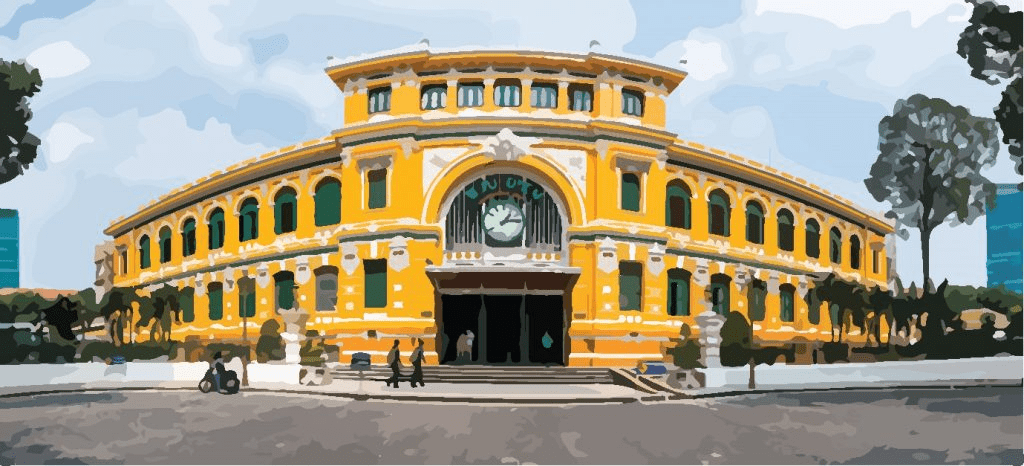
5. Vietnamese cuisine
Let’s raise your hand if you are a big fan of Vietnamese cuisine! Full of flavors? Balance in meat and greens? Healthy? Kid-friendly? Vietnamese foods tick all the boxes! And now, we are representing to you some interesting facts about it.
- Do you know that the Oxford English Dictionary is adding two Vietnamese words? Banh mi and pho are the only two Vietnamese words that go directly into the dictionary without being translated into English.
- In Vietnam, rice is the staple food. Actually, steamed rice is served with other side dishes at lunch and dinner. On the other hand, locals use rice as the main ingredient of numerous dishes from savory to dessert. For example, we have pho, rice paper, steamed rice cake (“bánh cuốn”), porridge, steamed sticky rice, and square sticky rice cake (“Bánh chưng”).
- Aside from various delicious dishes that appear appealing at first glance, Vietnamese cuisine also includes terrifying exotic foods. Some foreigners can handle it, while others cannot. Will you risk it? Vietnamese foods are so numerous that we can only give a few examples: alive coconut larva, balut, silkworm pupa, and bugs
>>> Check out: 10 Craziest Food In Vietnam – Dare me to try!
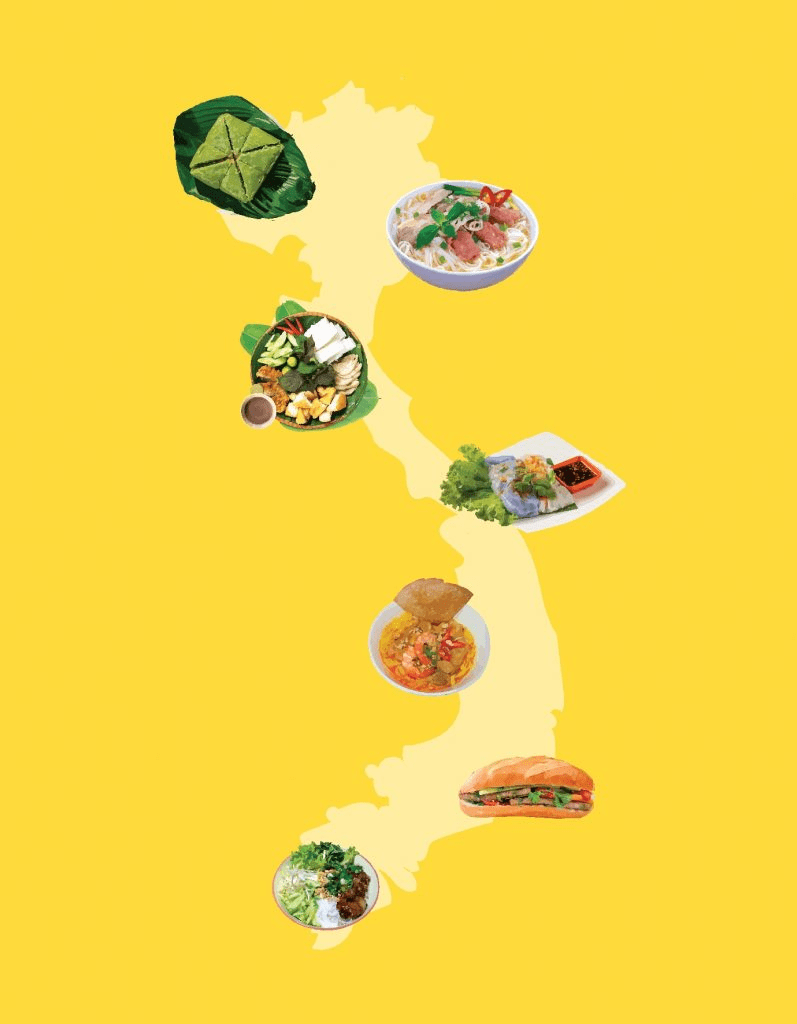
6. The currency of Vietnam
The official currency of Vietnam is the Vietnamese Dong (VND), or shortly Dong (in Vietnamese: “Đồng”). The name sounds funny like “ding dong” but not that meaning. Additionally, while operating private tours, we heard plenty of foreign tourists sharing that they felt like a billionaire in Vietnam. That’s because the banknote comes with multiple zeroes.
Vietnamese money is made of cotton or polymer. The smallest banknote is VND 1,000 and the smallest polymerized banknote is VND 10,000. The highest note you can find is VND 500,000. Each banknote comes in a certain design and color.
In terms of the unskilled eye, you can make some mistakes when using Vietnamese Dong. The most common issues are about confusing the multiple zeroes and similar appearances. Therefore, you should check the note carefully before paying:
- VND 10,000 looks quite like VND 100,000 since they are similarly greenish.
- VND 10,000 is also confused with VND 200,000.
- VND 20,000 has the same bluish color as VND 500,000
Still, Vietnamese polymer banknotes sometimes stick together, leading you to overpay for your goods. To prevent the risk, don’t forget to peel or flick your notes carefully before giving them to the seller.
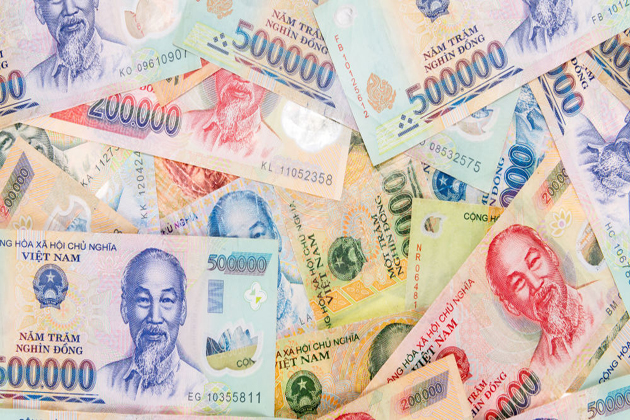
7. Lotus – The Vietnamese national flower
Flowers, with their colorful appearance and even fragrance, showcase nature’s beauty. Every country has its own national flower, which reflects unique national characteristics and culture. So, what is the Vietnamese national flower?
The answer is Lotus! It is also known as the dawn flower and is a symbol of purity, honor, serenity, and future optimism. In 2010, it was selected as Vietnam’s national flower.
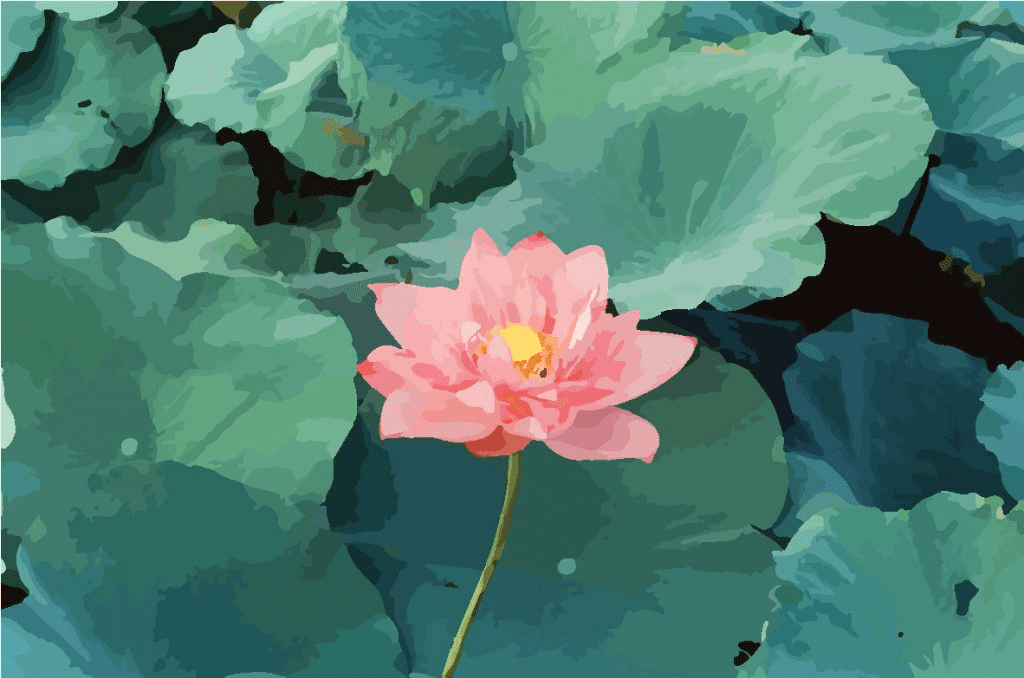
Locals grow the aquatic plant in muddy ponds, lakes, and rivers all over the country. When the flowers are in full bloom, they paint the entire area a vibrant pink color and emit a pleasant scent. Aside from its beauty and fragrance, all parts of the lotus tree are useful. Seeds and roots, for example, are used for delectable dishes, leaves for wrapping, and flowers for praying and tea-making.
8. Regional weather
The tropical climate in Vietnam is heavily influenced by monsoons, with most of the year consisting of sunny days, rainfall, and high humidity. Furthermore, due to the length of the country from north to south, there are three typical regional weather patterns in one country.
Can we catch up on snow in Vietnam?
The answer is absolute.”Yes!” Furthermore, the ideal location for you is in the northern mountain ranges. Northern Vietnam, unlike the rest of the country, has four seasons: spring, summer, fall, and winter. Temperatures can drop to zero or below zero, leading to snow on occasion.
The weather in Central Vietnam is hot and dry. Although there are monsoon-level rains for several months, the part of Vietnam is considered the toughest climate in the country.
In the South, the weather is constantly warm. There are two simple seasons that are rainy and dry. May to October is the rainy season while the other months are the dry season.
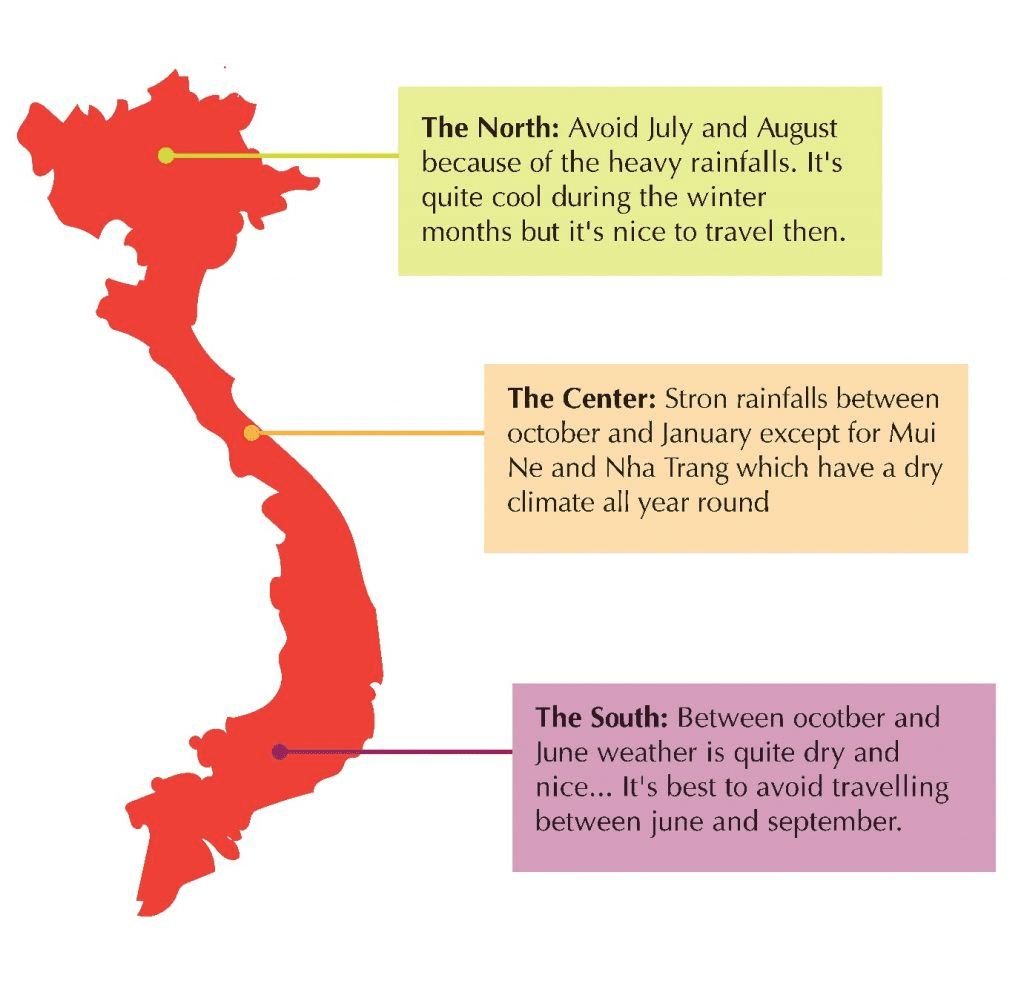
9. The meaning of the V-sign in Vietnam
What do you think it means when someone makes a V-sign? In Western culture, it is most likely a symbol of victory or peace!
So, do you know why Vietnamese people make this sign when taking photos or greeting each other?
Don’t be scared! They simply want to say “hello” to you in a friendly manner. Two fingers represent the number two, which is pronounced “hai” in Vietnamese. In English, the word has the same pronoun as “hi.”
As a result, there is no victory or peace sign here; Vietnamese people simply want to greet you. Is it one of the most fascinating aspects of Vietnam? Let’s smile the next time you see someone doing the V-sign with you.
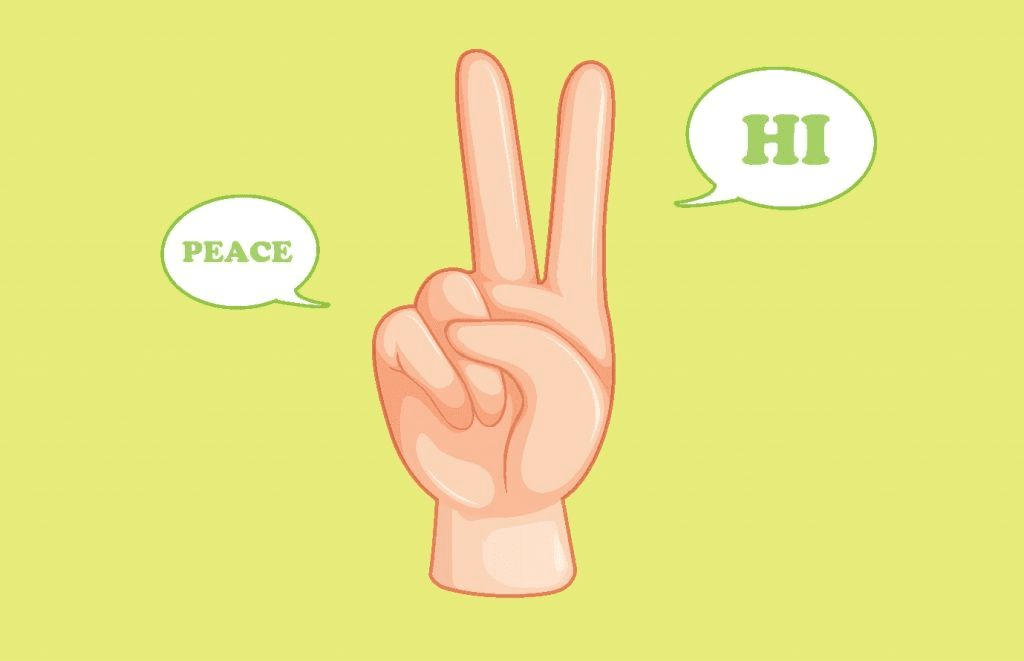
10. Vietnamese population
Vietnamese is the name of the people of Vietnam. That makes foreigners think there’s only one minority in the country. If you think so, you will be surprised to know we have up to 54 ethnic groups! This fact is one of the most remarkable things about Vietnam for tourists.
According to official Vietnamese figures in 2021, the percentage of ethnic Vietnamese (also known as “Kinh”) is 85.4%, and the remaining percent is non-Vietnamese ethnic groups. In spite of the largest ethnic minority, the Kinh people inhabit a little less than half of the country.
The origin of Vietnamese ethnicity was a long and complicated story. Overall, Kinh people lived originally in the area which is present-day Northern Vietnam. They migrated toward the south (Central and South Vietnam). In the meantime, Cham people formed the majority population in the Central, and Khmer people were scattered throughout the Mekong delta. Moreover, many other ethnic minorities inhabited the highlands (mostly in the North).
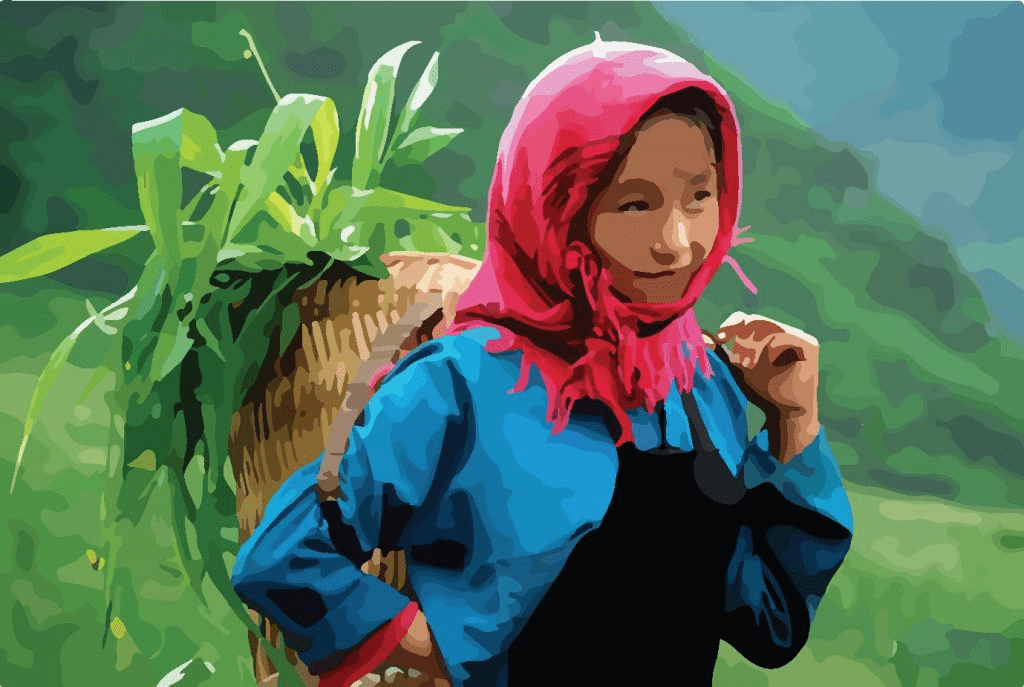
11. Religion in Vietnam
Religion in Vietnam is a mix of Vietnamese folk religion, Buddhism, Roman Catholicism, Caodaism, Protestantism, Hoahaoism, and others. Among these, Vietnamese folk religion outweighs it, with a percentage of around 73%. Actually, Vietnamese people list themselves as having no religious affiliation but they still hold beliefs in Daoism, Buddhism, and Confucianism.
The earliest forms of religious practice were totemic and animistic in nature. As the up and down of history, Vietnamese religion added more dimensions. Nowadays, Vietnam is a country with relative freedom of religion but still certain limitations.
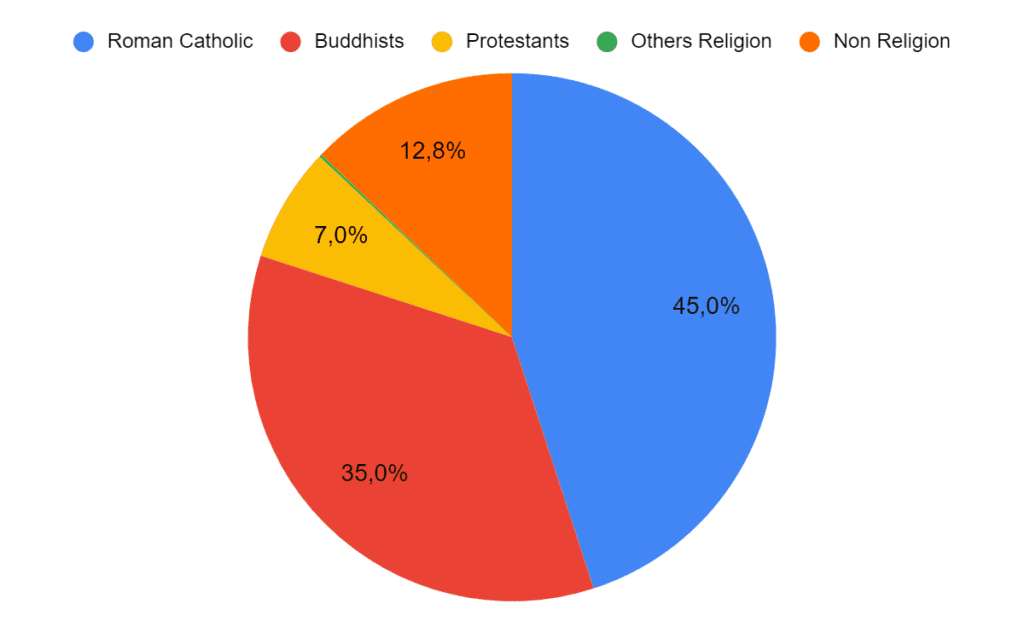
(Source: International Religious Freedom Report 2021)
12. The kingdom of motorbikes – a realistic fact about Vietnam
Will you believe us when we say that traffic in Vietnam is fairly safe?
Obviously, it’s difficult to say “Yes” because Westerners believe that crossing the road is one of the most dangerous things to do in Vietnam. On the contrary, you’d be fine with motorbikes’ organized chaos.
Aside from its beautiful landscapes, rich culture, and savory cuisine, Vietnam is also known as the “Kingdom of Motorbikes.” As you can see, locals use the same mode of transportation that Westerners do. In fact, at least one family owns one or two motorcycles.
To give you a clear idea, the population of the country is almost 100 million people. According to a Ministry of Transport study, the number of motorcycles in use is about 60 million, while just 2 million cars are in use.
A large number of riders on the road can be a nightmare for foreigners, especially during rush hour. On the other hand, as you can see, it’s not all that harmful. The chaotic traffic appears to work in an orderly style. If you wish to cross the street, you should walk slowly and predictably. As a result, you give the rider a hint so that he or she can anticipate your direction and negotiate around you.
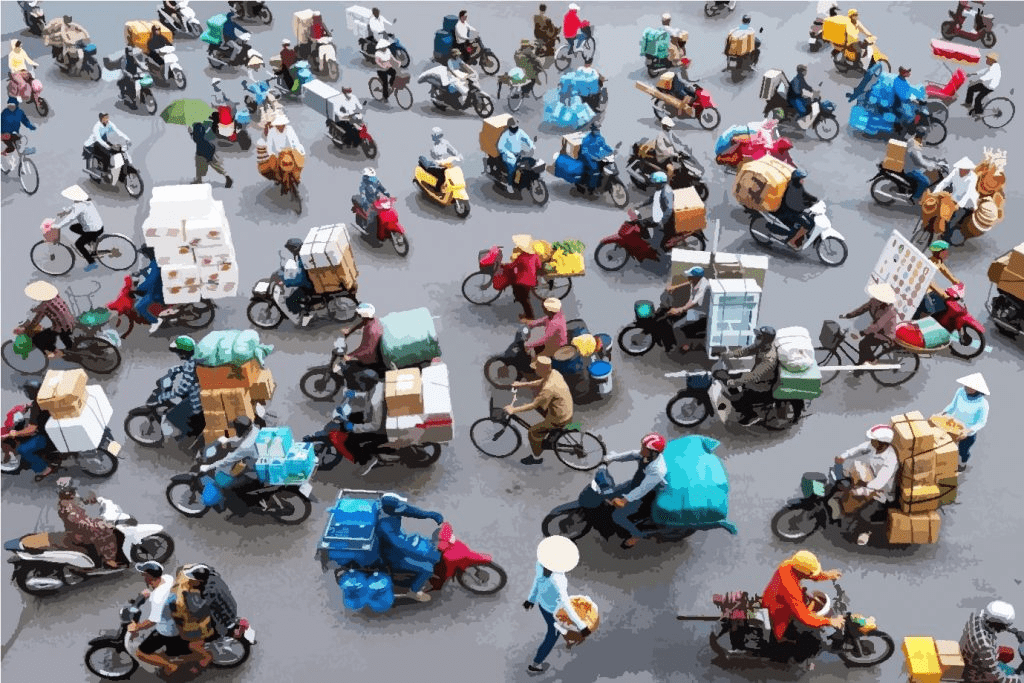
13. Things considered unlucky according to Vietnamese superstition
Because of their rich culture and mythology, Vietnamese people continue to believe that certain activities may bring them bad luck. To avoid offending people and experiencing culture shock in Vietnam, you should be aware of the following popular superstitions:
- In Vietnamese belief, pregnancy is not accepted to be in weddings, funerals, and sacred places (like pagodas and temples).
- When a baby is born, people must resist complimenting the child too much.
- Want to give Vietnamese a gift? Then, you should exclude chrysanthemum, things in black, sharp culinary, handkerchief.
- Don’t wear a hat or use an umbrella when you are in a house.
- Strange owl/ barn owl and cat are considered bad luck.
Last but not least, do you want to know how Vietnamese reverse bad luck?
A duck embryo (or balut) is the key in this case. Locals believe that one certain egg can help them turn bad luck into good luck. That’s because the egg is called “trứng vịt lộn” in Vietnamese, and the word “lộn” translates to “reverse”. The proper potion is only one egg. If you eat two, your bad luck reverses twice and nothing is changed.
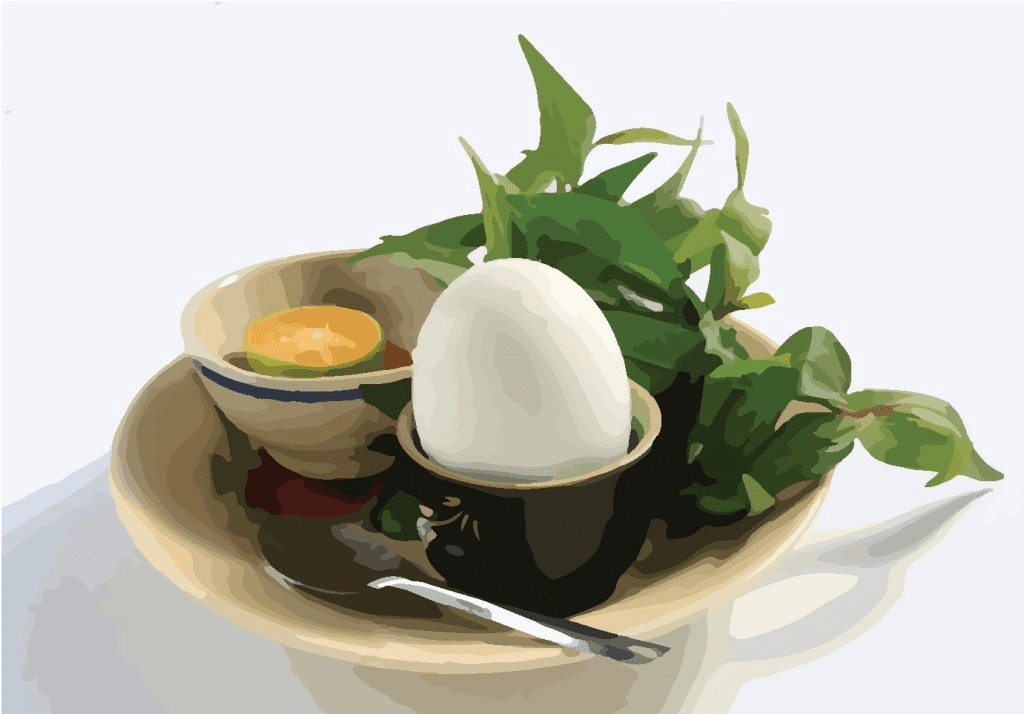
14. Most Vietnamese believe in fortune tellers
Many individuals in Vietnam believe in Feng Shui and fortune. Fortune-tellers appear to play an important role in their daily lives. Indeed, the older generation is more concerned than the younger. Does this Vietnam fact surprise you?
A fortune-teller consultation is said to assist people attract good luck and lessen the danger of catastrophe. For example, while planning significant ceremonies such as engagement, wedding, or opening, residents often consult a fortune teller to determine the best date. The date is determined by the lunar calendar and your own horoscope.
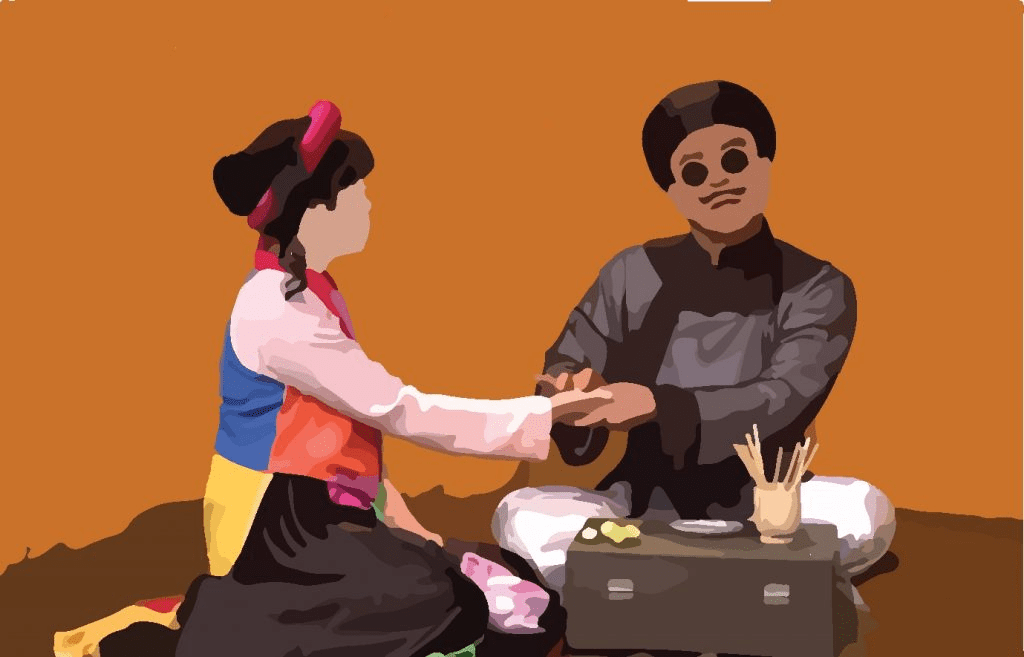
Moreover, it is said that a fortune-teller has the special abilities to see through the human future. People consult the teller to help them predict what will happen, especially about unwanted issues. Of course, the fortune teller never tells clearly about the future but gives some hints.
15. Electrical wires and tube houses
Tube houses and chaos of electric wires are considered unique things in Vietnam city life. Foreign visitors are impressed and curious about the quaint.
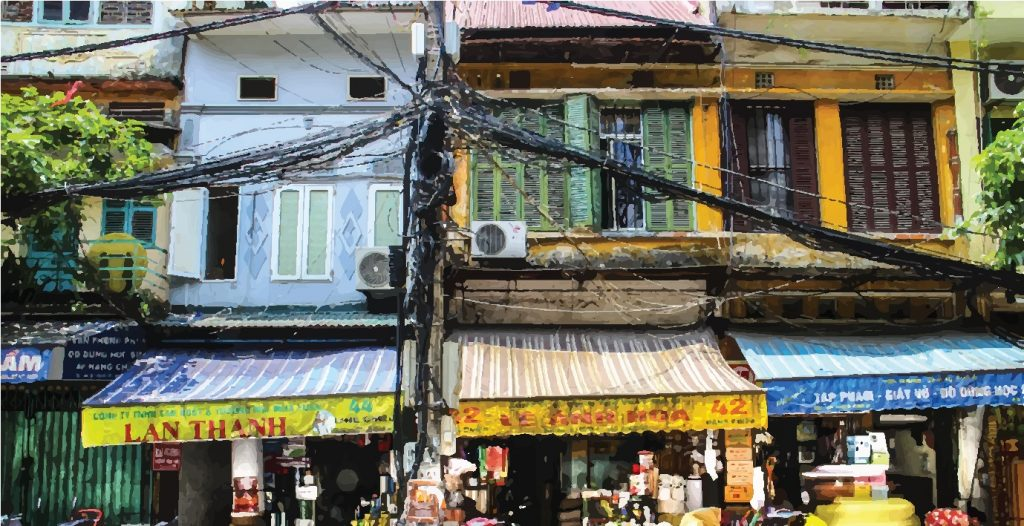
In Vietnam, tube houses have a tiny exterior that contrasts with an unending extension behind. On a plot of land, one house has three to five floors that stack up.
The design allows a large family to live together in the same space. They simply need to add more levels to increase the living space. Furthermore, the tube house is a cost-effective option for middle-income families.
One of Vietnam’s oddities is the tangle of electrical cables. They are tangled with all kinds of cords, including television cables, electrical wires, internet cables, and phone connections. Such disarray is comparable to a spaghetti street installation. It’s dangerous, but it’s also a unique feature that reminds visitors of Vietnam.
Conclusion
You made it to the end of our 15 things about Vietnam! Those Vietnam facts might give you some hints about the local lifestyle and culture. If you want to know more about useful travel tips, let’s take a look at our related posts.
Can’t wait to explore the best experience in Vietnam? We highly recommend contacting Xin Chao Team so that you can travel your way with customized private tours. Forget about the tourist traps, crowd, and confusing map, enthusiastic local tour operators will help you get the best genuine Vietnamese local experience ever.
